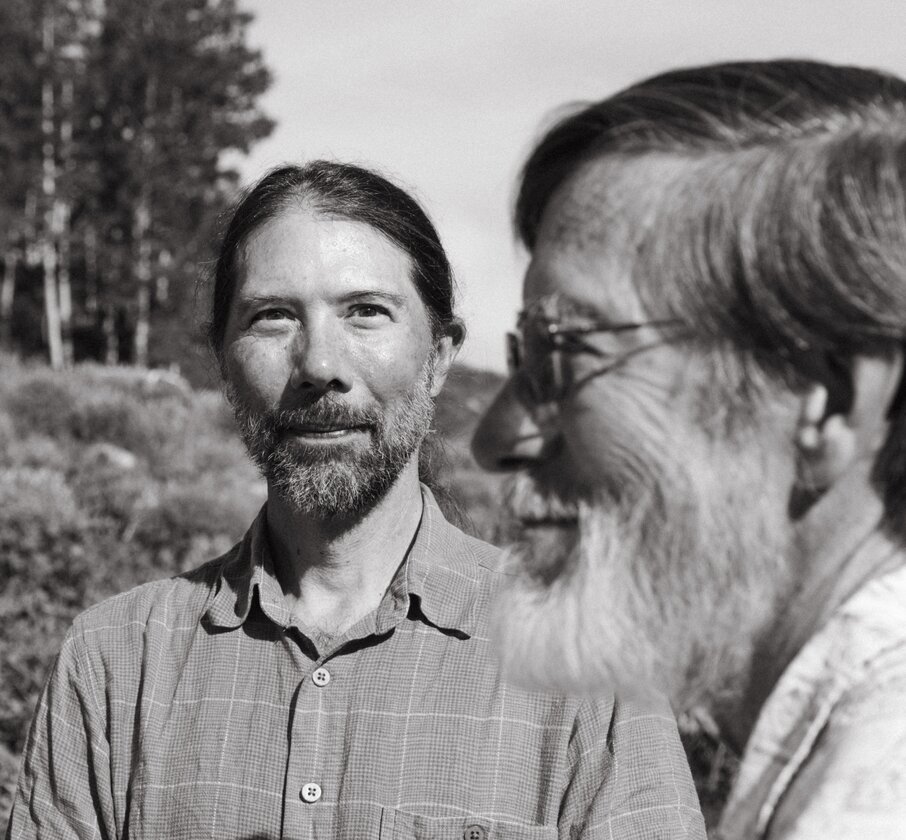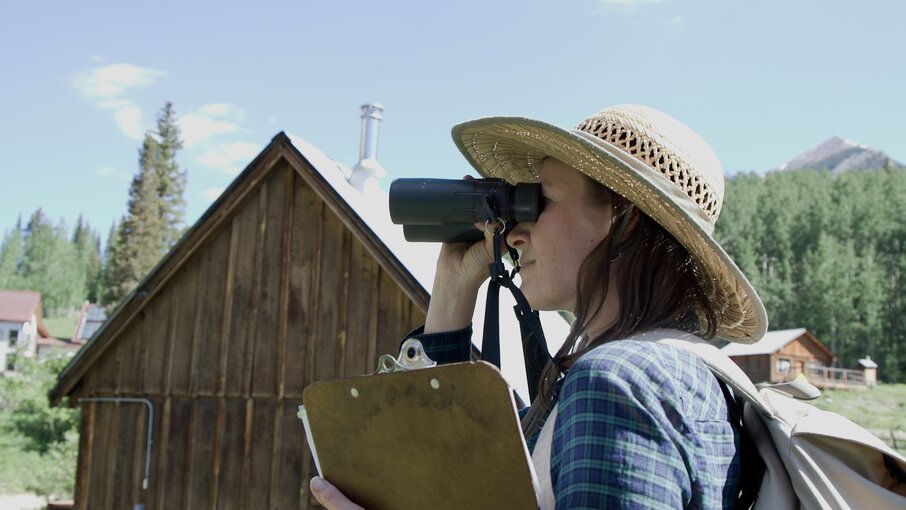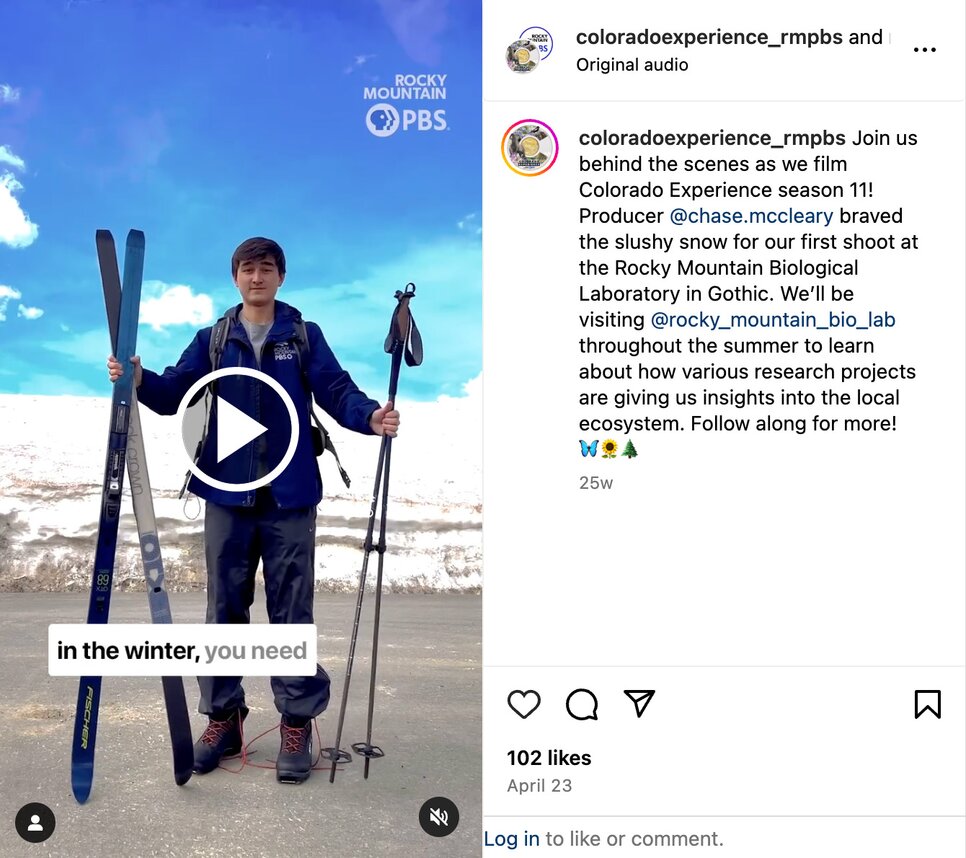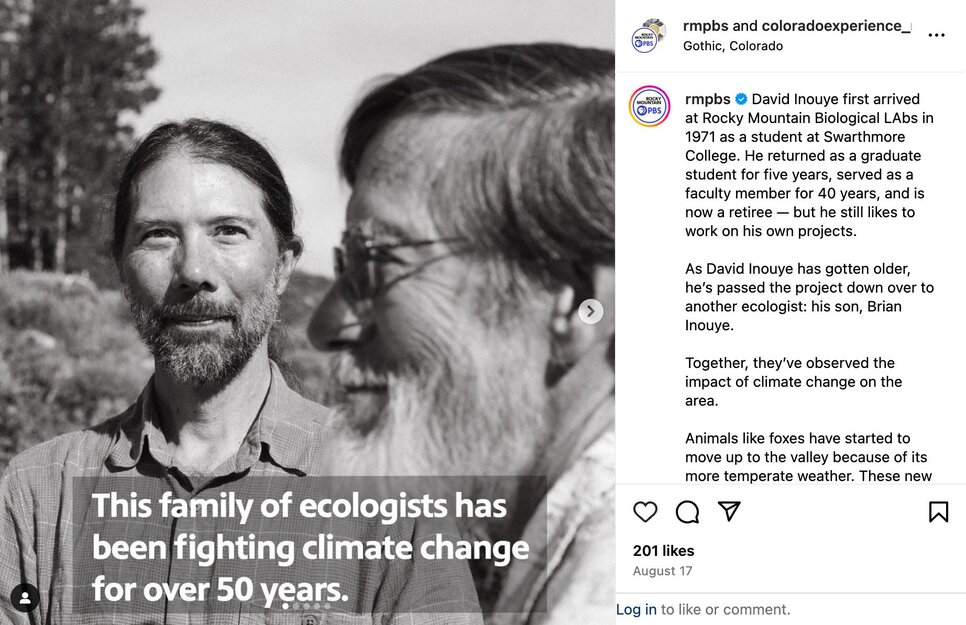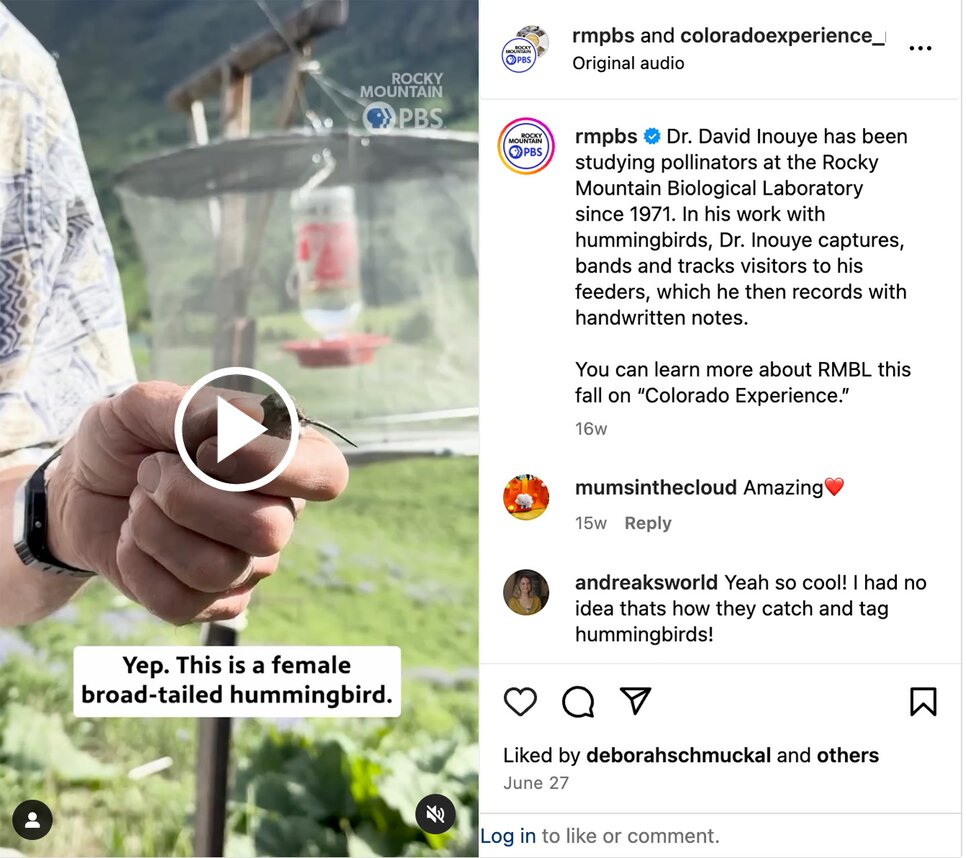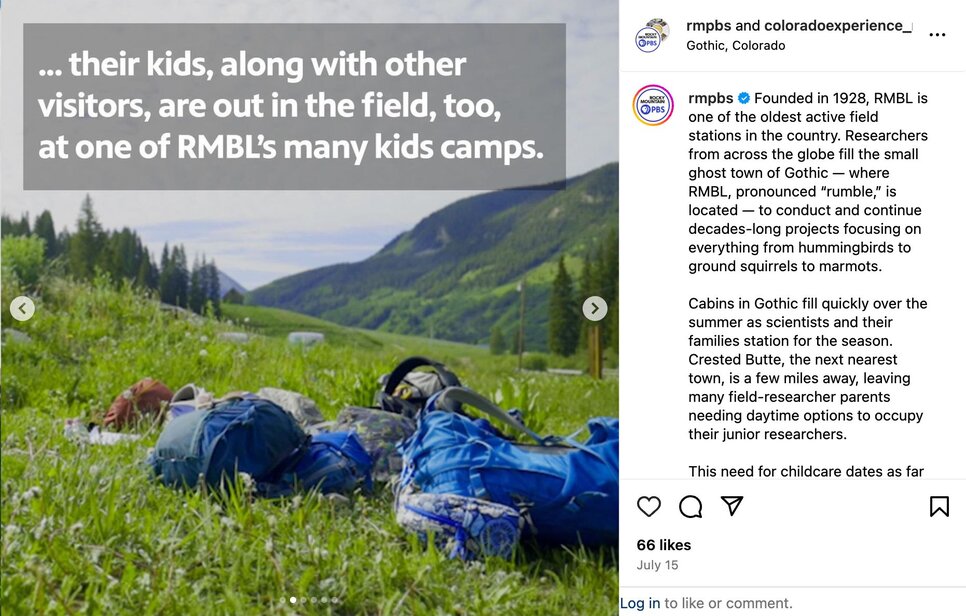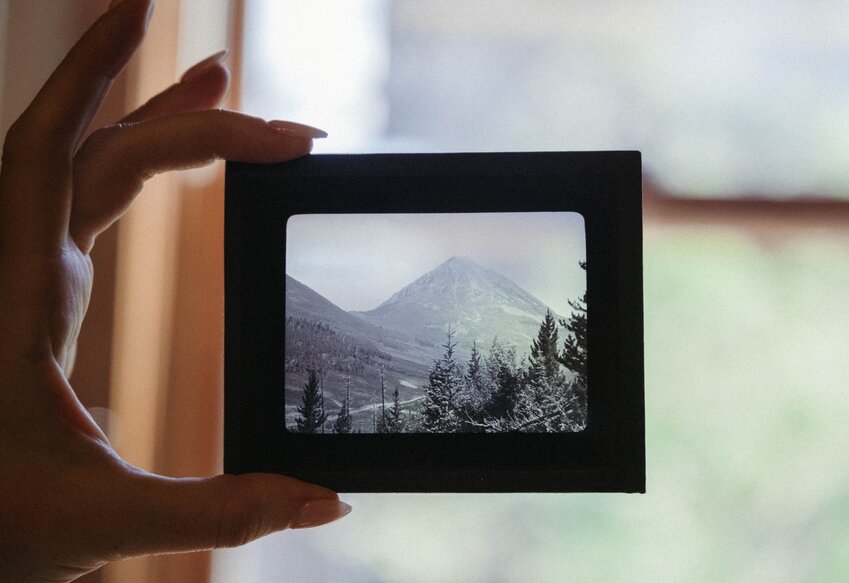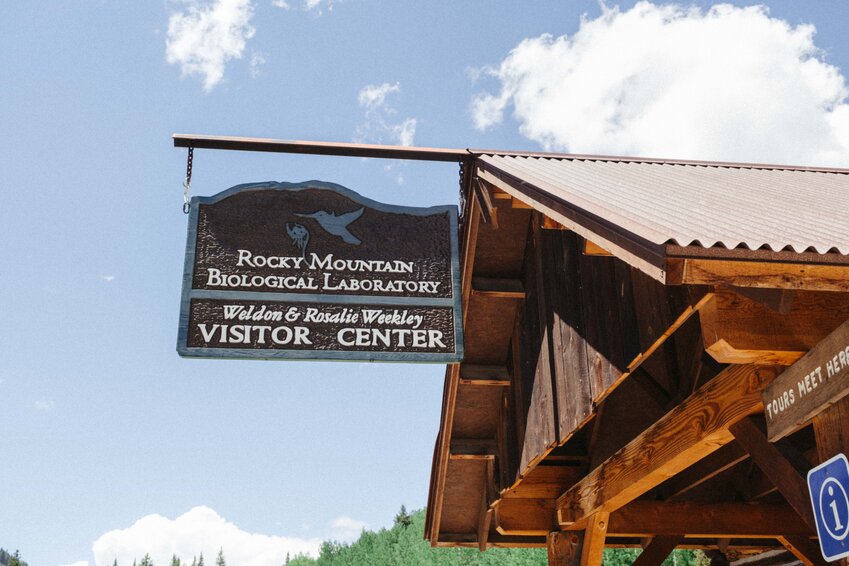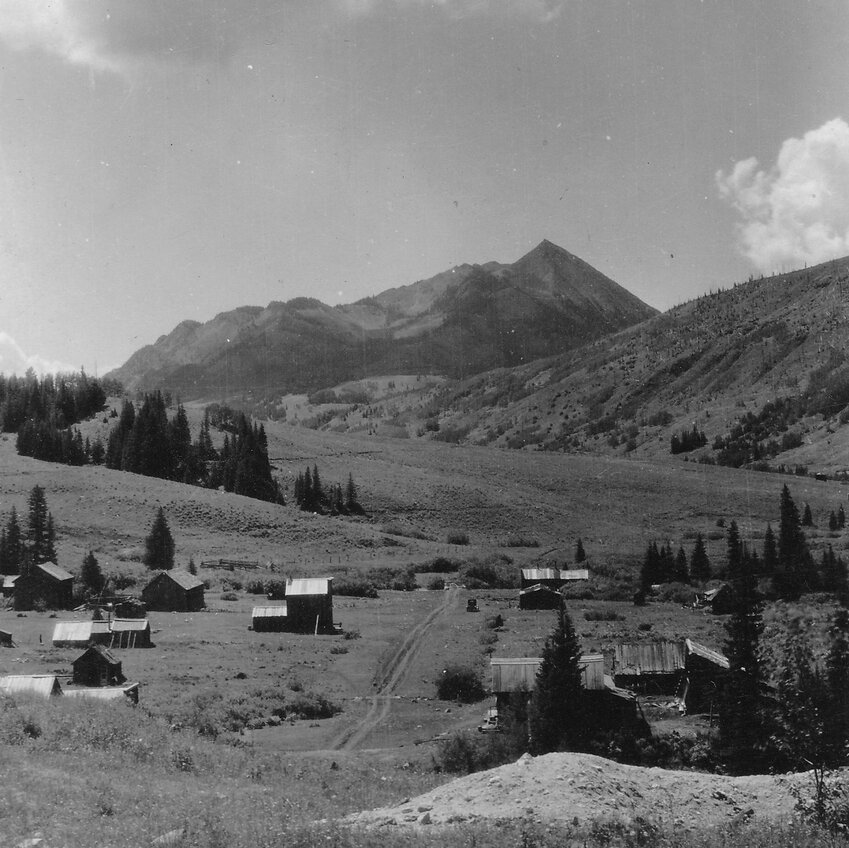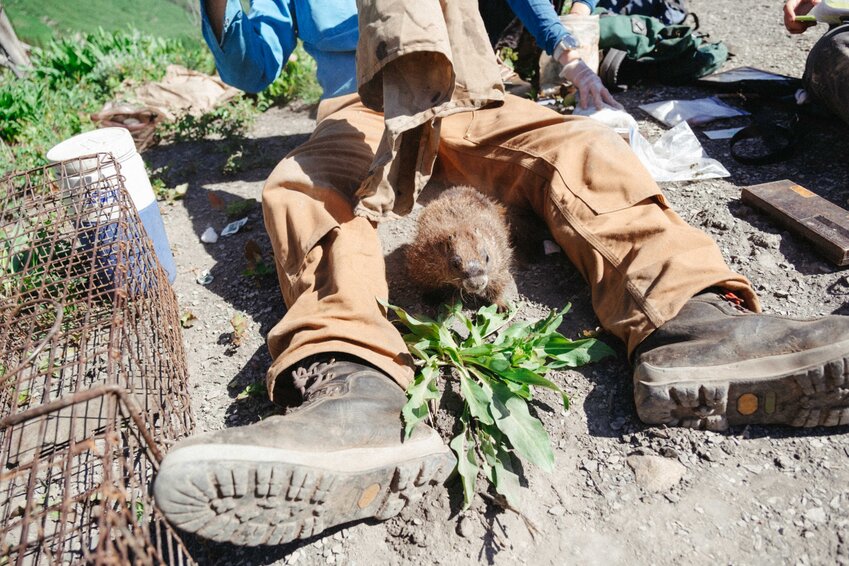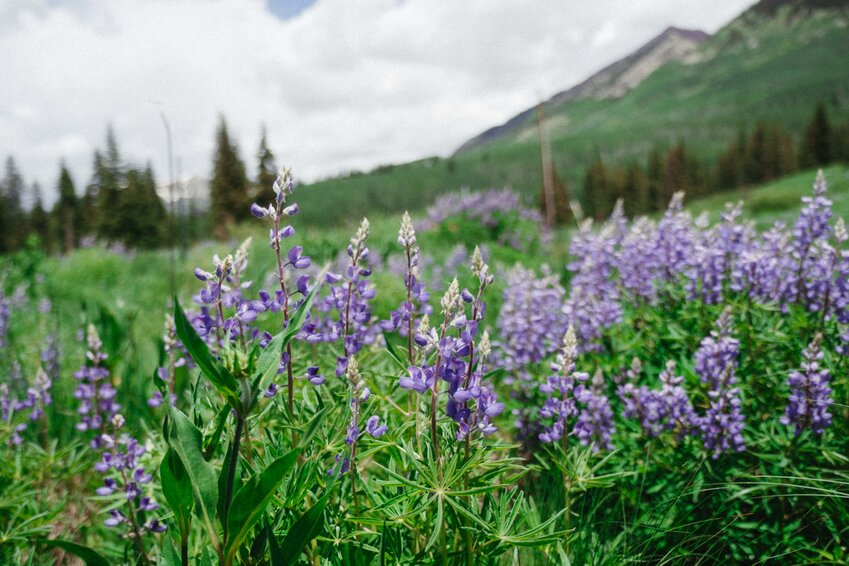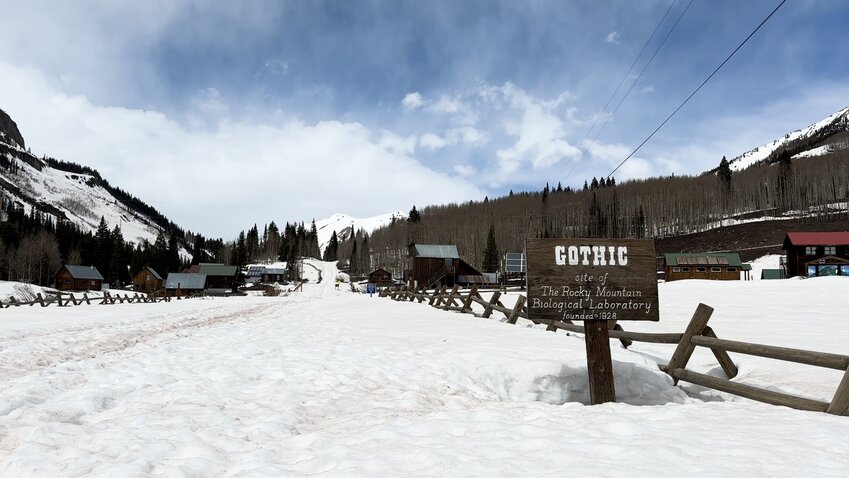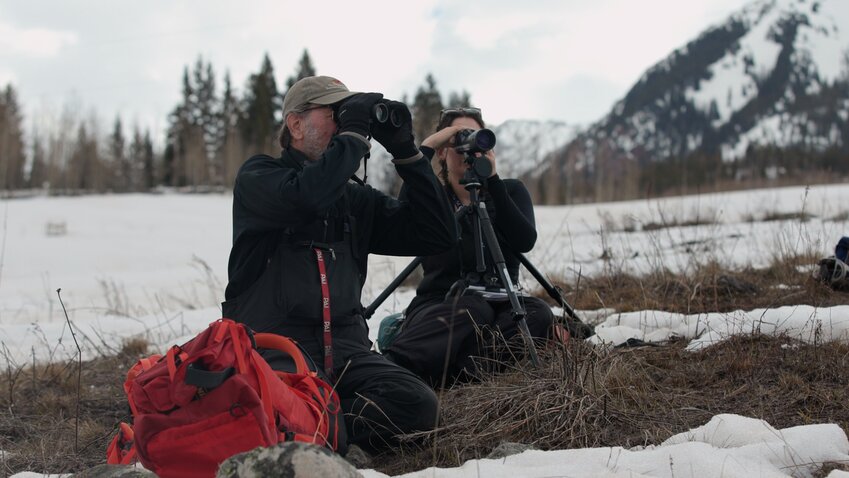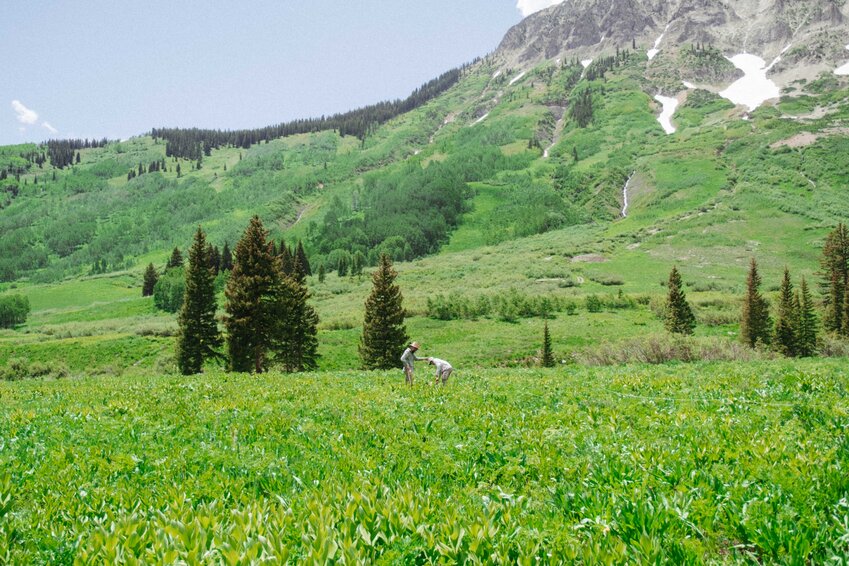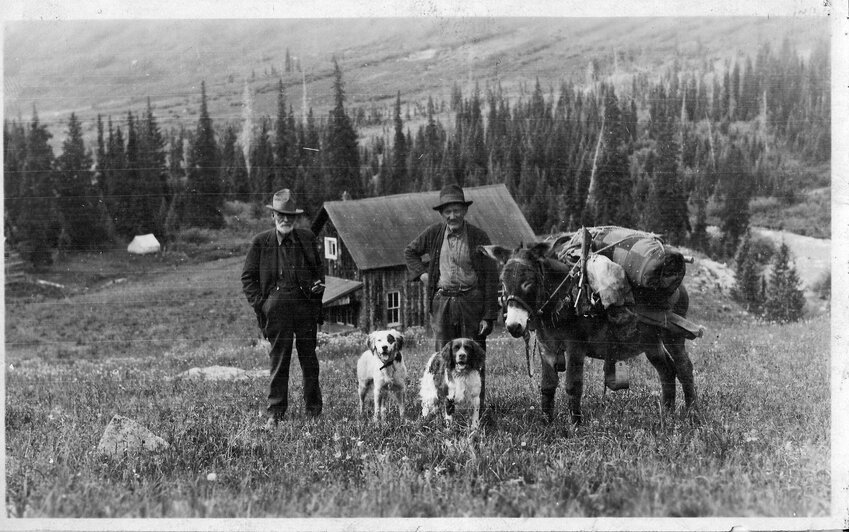Gothic's Outdoor Science Lab
share

GOTHIC, Colo. — In a picturesque summer meadow in Colorado’s high country, dozens of scientists squat, lean, and peer closer at the plants and animals. This group of scientists is contributing to the long legacy of research at the Rocky Mountain Biological Laboratory, or RMBL (pronounced “rumble”) for short.
All of the scientific study that happens at this laboratory takes place during the warmer months; snow shuts down most operations during the winter. The only way for researchers to access RMBL early in spring is via cross country skiing. No matter what time of year, the lab is a stunning place to be.
“It's absolutely beautiful…I feel really privileged to be able to have experienced many times is the change of the seasons,” said Dan Blumstein, a longtime researcher at RMBL and lead on the Marmot Project.
“Going from winter to spring, sometimes when we come out here, the rivers are all frozen and you don't hear anything and it's quiet. You hear the wind, and then the river breaks open and you start hearing water… then the glacier lilies come up and the grasses bloom,” he said.
Since its inception in 1928, RMBL has hosted many long-term studies, including the world's second longest study of free-living mammals — the Marmot Project. The study first began in 1962 and continues to track individual marmots and their lives in the Gothic Valley since then.
This intense study of animals and plants at RMBL over such a long period of time has turned many of the studies into climate change studies as well.
“One of the things that we've been working on recently is pulling together data from a bunch of researchers at the Rocky Mountain Biological Lab,” said Brian Inouye, an ecologist studying plants and pollinators at RMBL.
“We can look to see whether all these different species are responding similarly to the same kinds of climate factors or if each species is doing something different,” said Inouye.
The research, the history, and the beauty of this location are part of a new documentary called “Colorado Experience: Gothic’s Outdoor Science Lab.”
You can watch the episode and read more about the generations of scientists and RMBL below.


